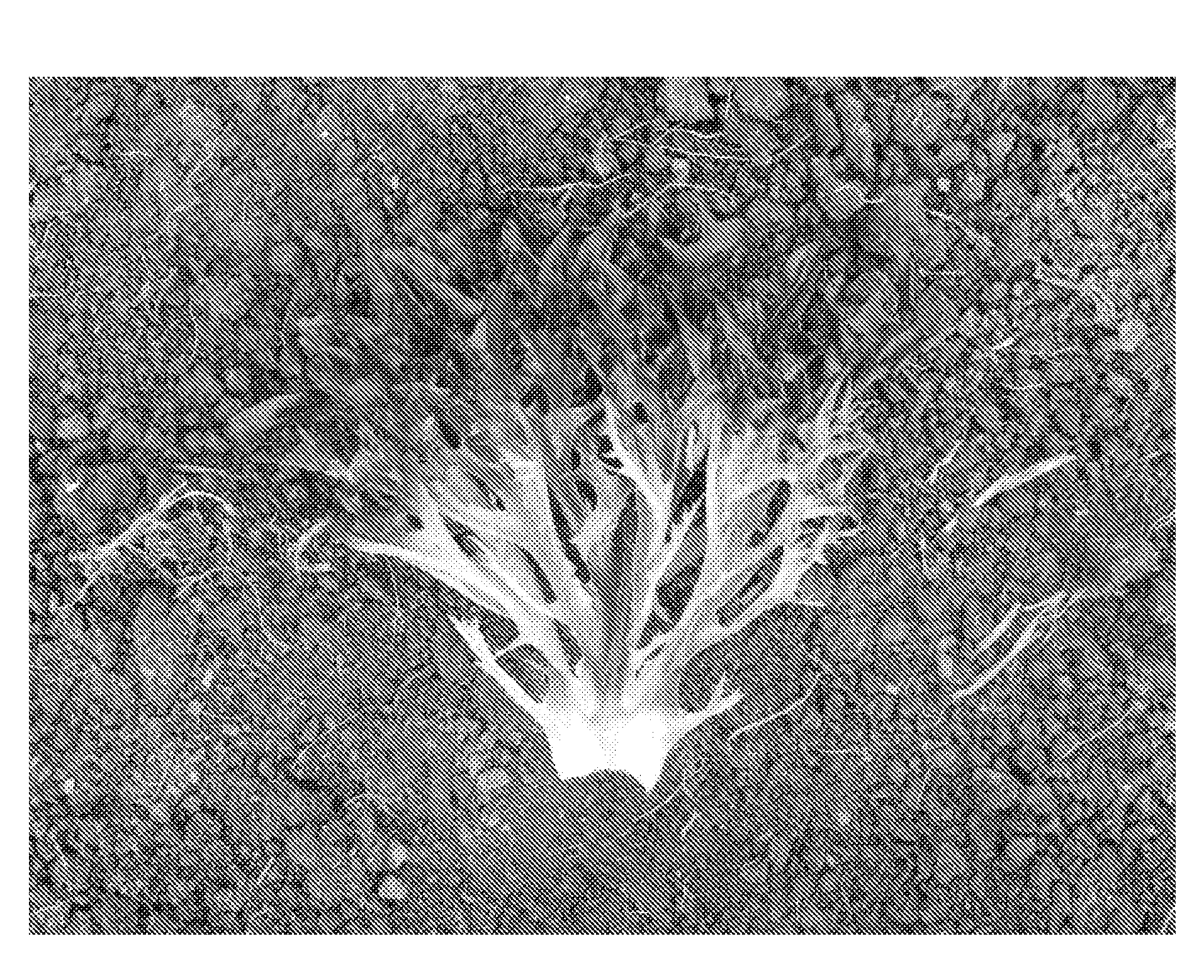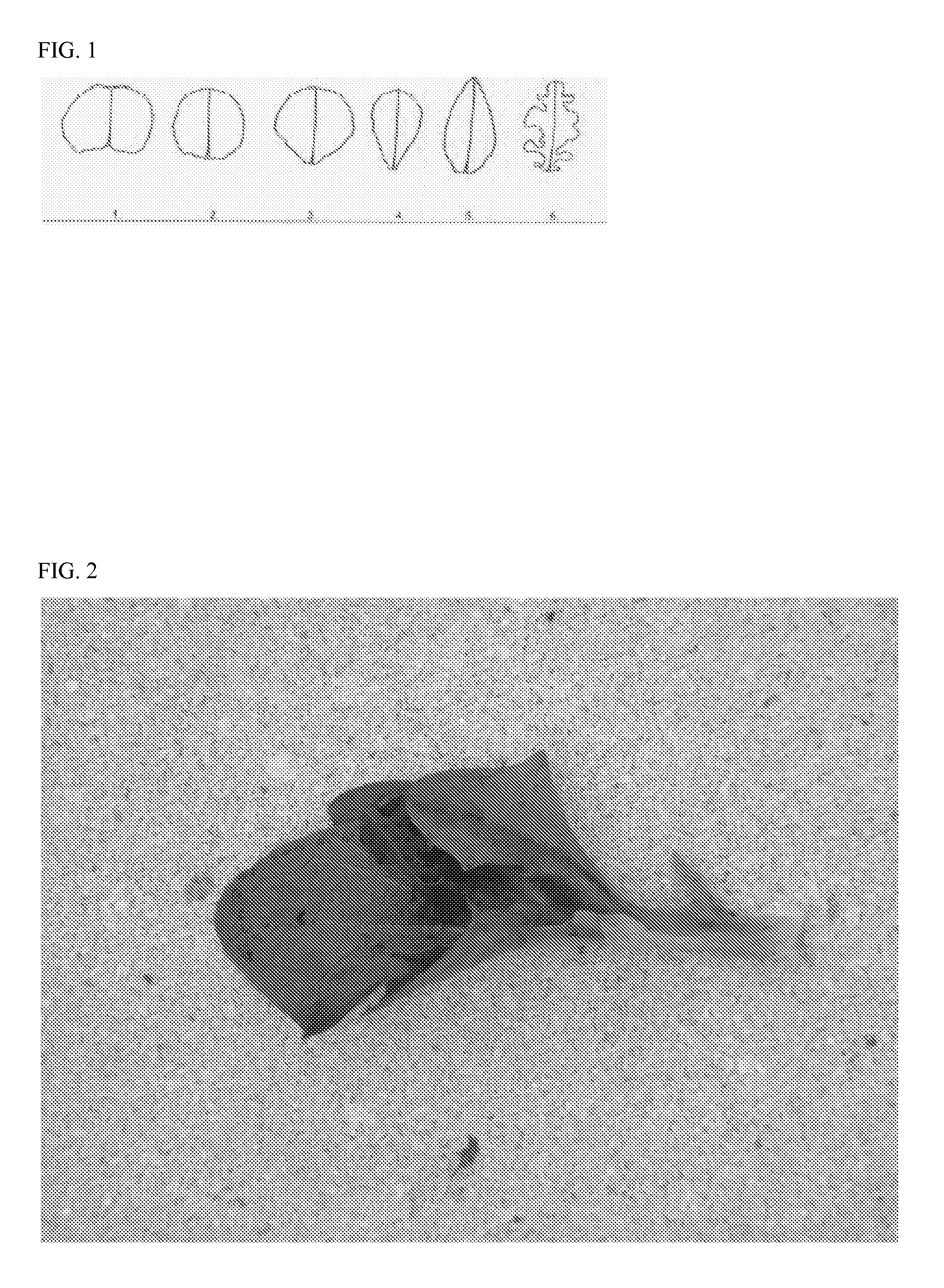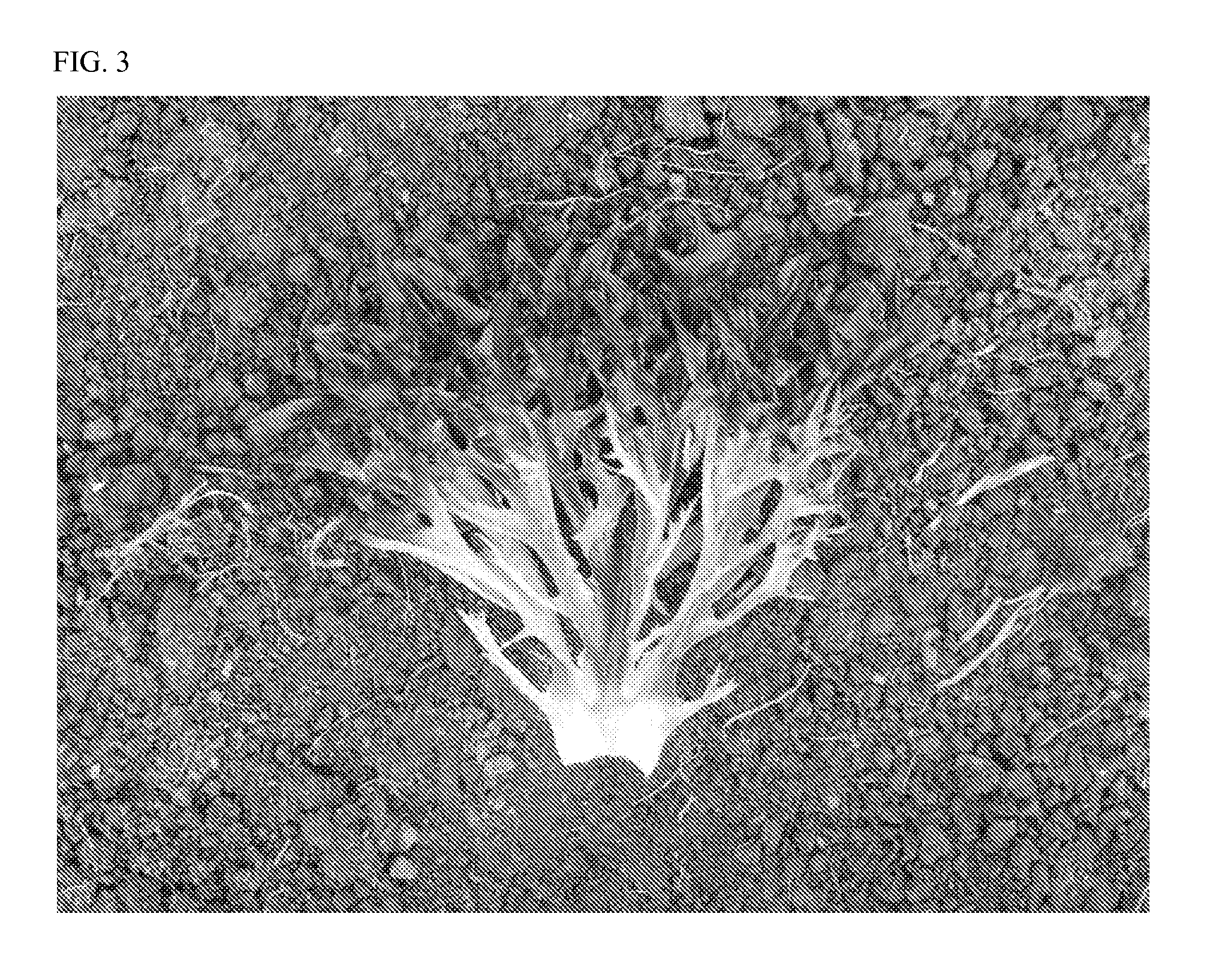Lettuce variety 79-69 rz "triplex rz"
a technology of triple rz and lettuce, applied in combinational chemistry, plant cells, chemical libraries, etc., can solve the problems of high damage to lettuce grown at relatively low temperature and high humidity, millions of dollars of lettuce crop loss worldwide, etc., and achieve the effect of slow bolting
- Summary
- Abstract
- Description
- Claims
- Application Information
AI Technical Summary
Benefits of technology
Problems solved by technology
Method used
Image
Examples
Embodiment Construction
[0043]The invention provides methods and compositions relating to plants, seeds and derivatives of a new lettuce variety herein referred to as lettuce variety 79-69 RZ. Lettuce variety 79-69 RZ is a uniform and stable line, distinct from other such lines.
[0044]In a preferred embodiment, the specific type of breeding method employed for developing a lettuce cultivar is pedigree selection, where both single plant selection and mass selection practices are employed. Pedigree selection, also known as the “Vilmorin system of selection,” is described in Fehr, W., Principles of Cultivar Development, Volume I, MacMillan Publishing Co., which is hereby incorporated by reference.
[0045]When pedigree selection is applied, in general selection is first practiced among F2 plants. In the next season, the most desirable F3 lines are first identified, and then desirable F3 plants within each line are selected. The following season and in all subsequent generations of inbreeding, the most desirable f...
PUM
| Property | Measurement | Unit |
|---|---|---|
| Shape | aaaaa | aaaaa |
| Morphology | aaaaa | aaaaa |
Abstract
Description
Claims
Application Information
 Login to View More
Login to View More - R&D
- Intellectual Property
- Life Sciences
- Materials
- Tech Scout
- Unparalleled Data Quality
- Higher Quality Content
- 60% Fewer Hallucinations
Browse by: Latest US Patents, China's latest patents, Technical Efficacy Thesaurus, Application Domain, Technology Topic, Popular Technical Reports.
© 2025 PatSnap. All rights reserved.Legal|Privacy policy|Modern Slavery Act Transparency Statement|Sitemap|About US| Contact US: help@patsnap.com



